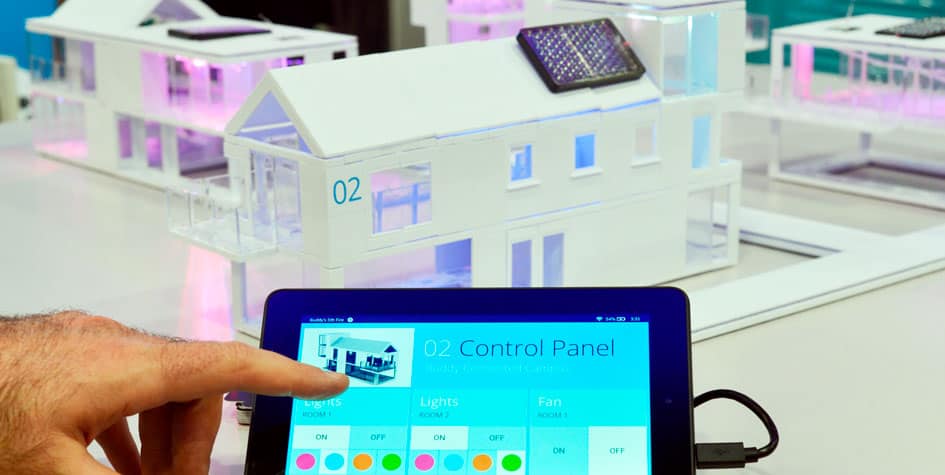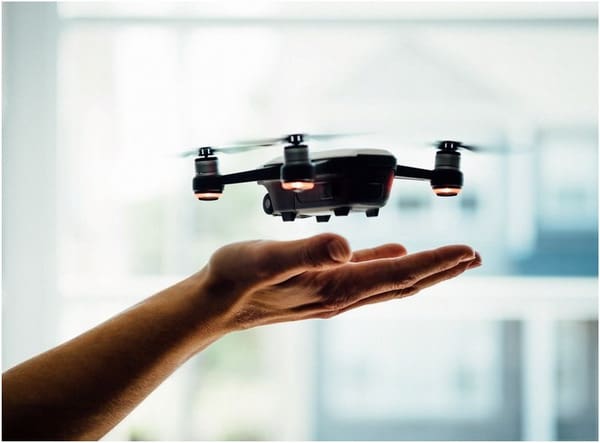
The construction industry has evolved over time, but always through builders. What happens when people are no longer part of the building and construction? This is the question asked by the British multinational infrastructure company Balfour Beatty, and they have published their answer in the 2050 Innovation Paper . The industry report has become a point of reference for those who observe the evolution of buildings and design.
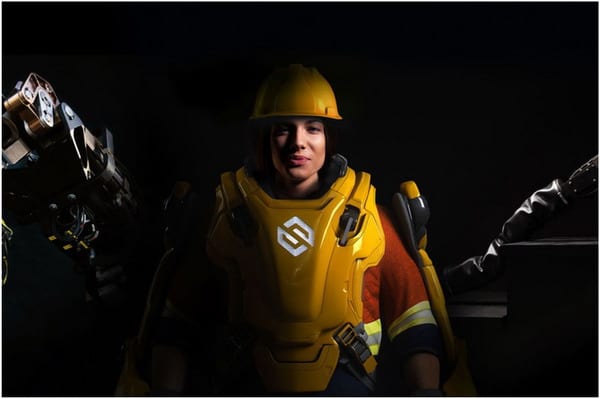
The Balfour Beatty report brings a number of conclusions: robots will work in teams to build complex structures using new materials, all through automated assembly and construction processes. The drones that fly above will scan the site, inspect the work and use the data collected to predict and solve problems before they arise, sending instructions to robotic excavators and automatic constructors without the need for human participation. The result is a human-free construction process, in which the builder’s role becomes that of “supervisor”, managing projects remotely. In this vision of the future, the last humans to leave the construction site would be usingRobotically enhanced exoskeletons and neuronal control technology to move and control machinery and other robots on the site. These machines would eventually work as a safety mechanism, construction risks and occupational accidents could be reduced at rates very close to zero.
It may seem like a science fiction future, but the future is already underway. The advances in construction that used to occur in years are now happening in months, with technologies that help coordinate repetitive and laborious tasks through systems such as BIM, drones, virtual reality, 3D printing and portable technology. At the same time, we continue to look for better ways to promote health, safety and productivity at the construction site. A study by the Midwest Economic Policy Institute (MEPI) estimates that by 2057 robots could replace or occupy more than 2.7 million jobs in construction. The global consulting firm Roland Berger found that less than 6% of construction companies make full use of digital planning tools, and 93% of professionals in the construction industry agree that digitalization will affect All processes But what does this mean for design?
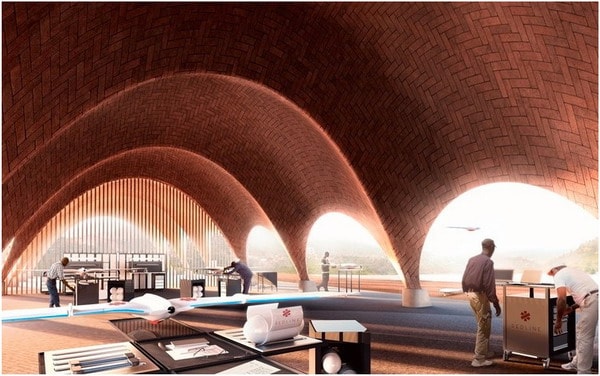
Beyond trends and reports, there are deeper ideological changes that come with human-free construction. In terms of design and appreciation for crafts, we can begin to lose the “human touch” and the haptic qualities of construction. It is directly related to the meaning of tectonics itself; the science and art of construction, the activity of construction and the resulting details and connections. This “art” would become robotic, completed by dronesand 3D printers, and our relationship with materials, scale and details would change, whether we find beauty in this process or not. It can also lead to new spaces and shapes. As digitalization brings an increase in productivity to a historically low productivity sector, the relationships between the builder and the architect will change.
And Balfour Beatty’s future predictions do not stop there: “New technologies will be our main allies to build increasingly intelligent, efficient and sustainable buildings, in smart cities that can model the future and instantly adapt to the new demands that may arise ; The construction will be faster, and we will see the arrival of 3D printing of custom components and complete buildings. 4D printing will allow us to build dynamic elements that can respond instinctively to changes in heat, sound or humidity levels in a given environment. “At the same time, these advances will create new jobs and industries. This will provide new opportunities for the” builder. ” traditional as we approach human-free construction.
The new construction modes will change the practice. They will also bring new responses to the shortage of skilled labor, customer delivery, profitability and sustainability. Architects must incorporate these advances in their design processes, adapting to this new context. As the architects seek to better understand the consequences of these changes in the practical activity of our profession, we have collected a variety of articles that analyze the future of construction and the challenges we will face in the near future.
How drones can be used in architecture
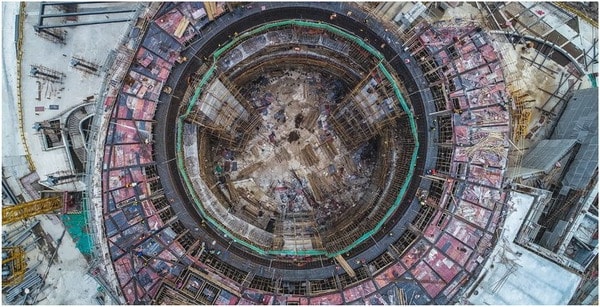
Small unmanned aerial vehicles (UAVs), commonly called drones , are gaining popularity not only among the general public and consumers, but also among professionals working in the architecture and construction industry. We have seen ambitious proposals for use, either as transport vehicles or as marketing tools. While this new technology, such as 3D printing and robotic manufacturing in general, promises to revolutionize the architectural profession, it is useful to know to what extent its practical application can affect the way architects work. It seems that, for now, drones have great potential when it comes to various aspects of the profession.
Bionic exoskeleton will reach the world of construction by 2020
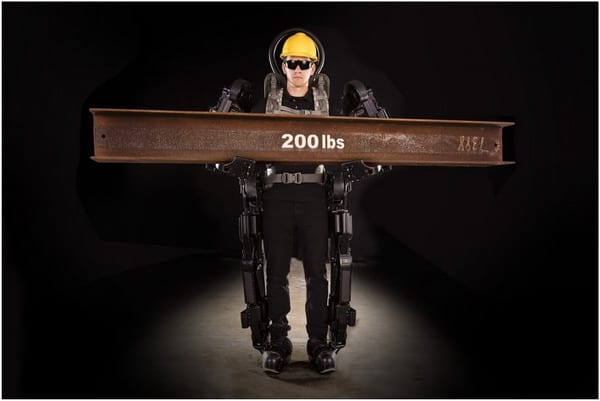
The American robotics company Sarcos has revealed a new full-body exoskeleton for construction workers that claims to be commercially available in 2020. While the US manufacturer specializing in military and public safety devices, the new robotic exoskeleton allows workers to transport up to 90 kg for long periods of time. Called Guardian XO, the design has been in development for almost two decades and is made to help reduce pressure on construction workers.
The golden age of 3D printing

3D printing itself is no longer a new technology, but that has not prevented researchers and innovators around the world from presenting new applications and opportunities. Some experiments with new materials have been driven by sustainability concerns and others are simply the result of imagination and creativity. Others have chosen to invest their time using more traditional materials in new ways. The materials, however, are only the beginning. Researchers have developed new processes that allow the creation of objects that were previously impossible to print and, on a larger scale, new types of buildings are being tested, including a habitat on Mars!
Could 3D printing be the future of social housing?
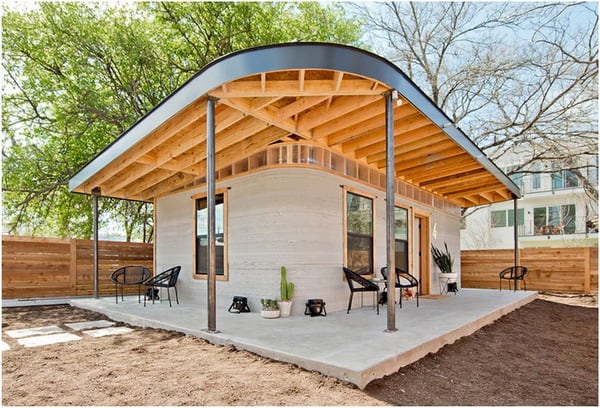
All this is quite recent: less than a year ago, a French family became the first in the world to live in a 3D printed house . With less than 20 years, this seemed like a distant dream, this new technology has developed rapidly and emerges as a possible contribution to the housing crisis worldwide. The Chinese company WinSun was the first to build a 3D printed house, and in 2013 it was able to print 10 houses in a 24-hour period. These houses require human assembly, since their walls were printed on one floor to be transported to the respective sites.
Airports for drones in East Africa and the Global South
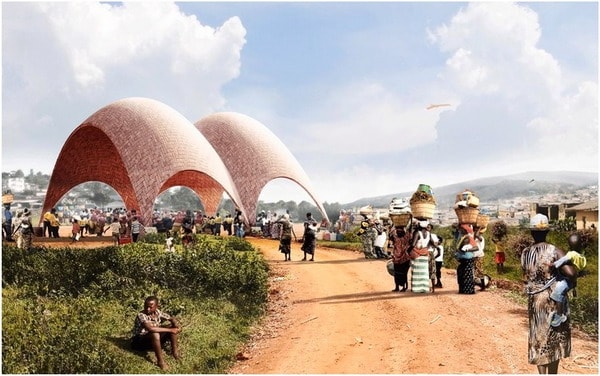
A new video by AERIAL FUTURES explores the potential of drones in East Africa and the Global South. The Norman Foster Foundation was one of the first groups to propose the creation of a network of drone ports to deliver medical supplies and other needs to areas of Africa that are difficult to access due to lack of roads or other infrastructure. The project aims to have drone ports in small cities in Africa and in other emerging economies by 2030.

